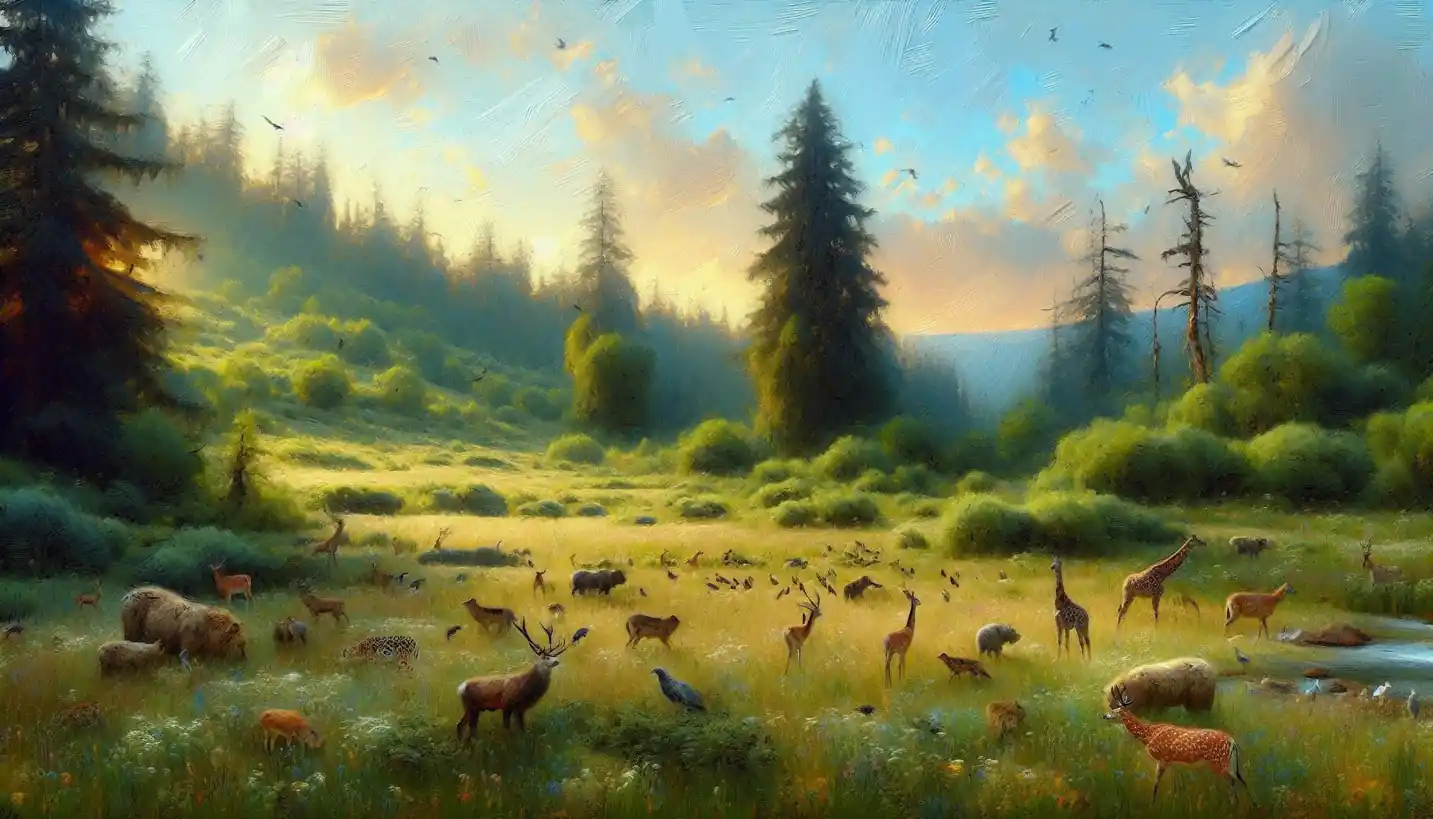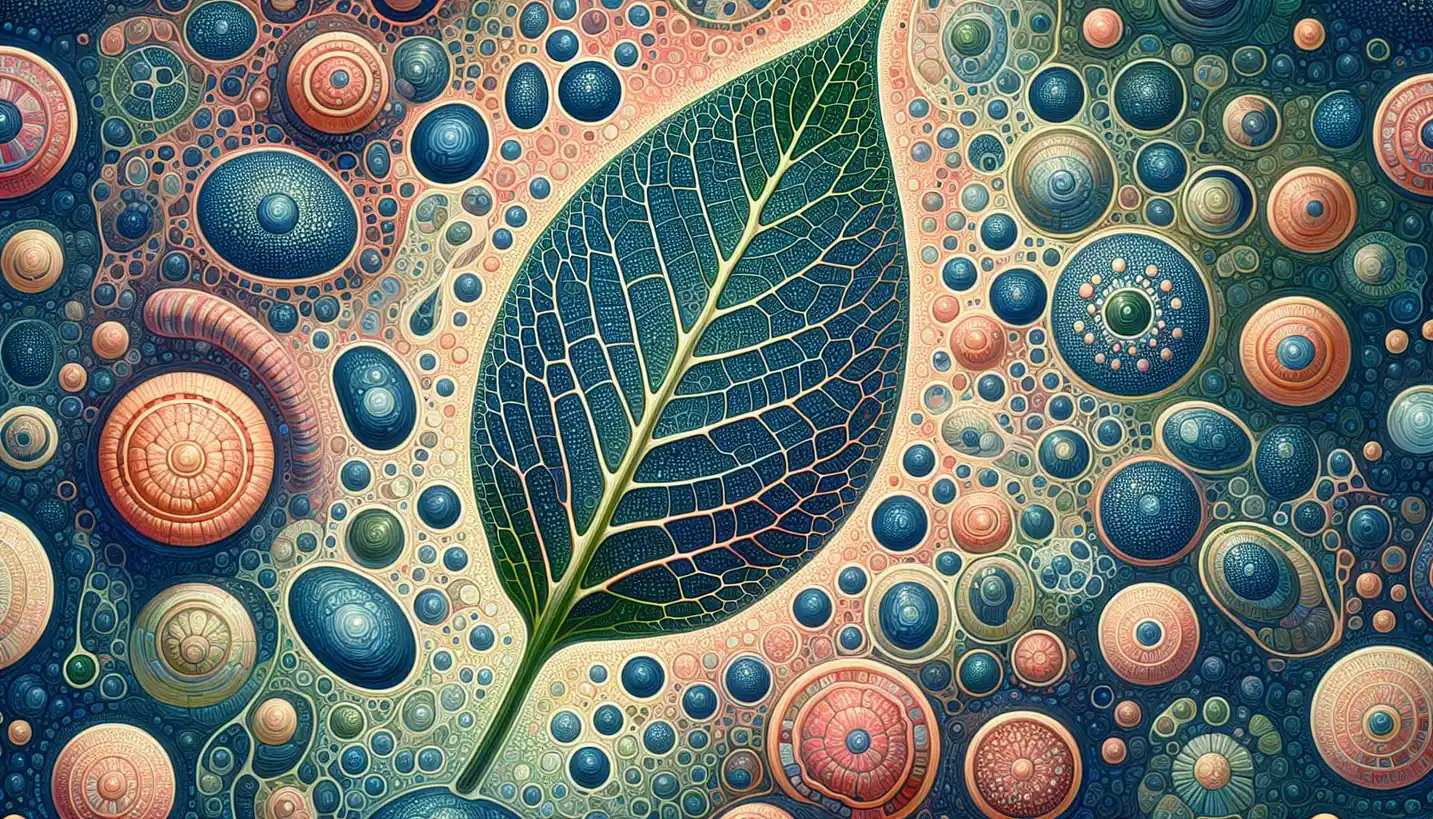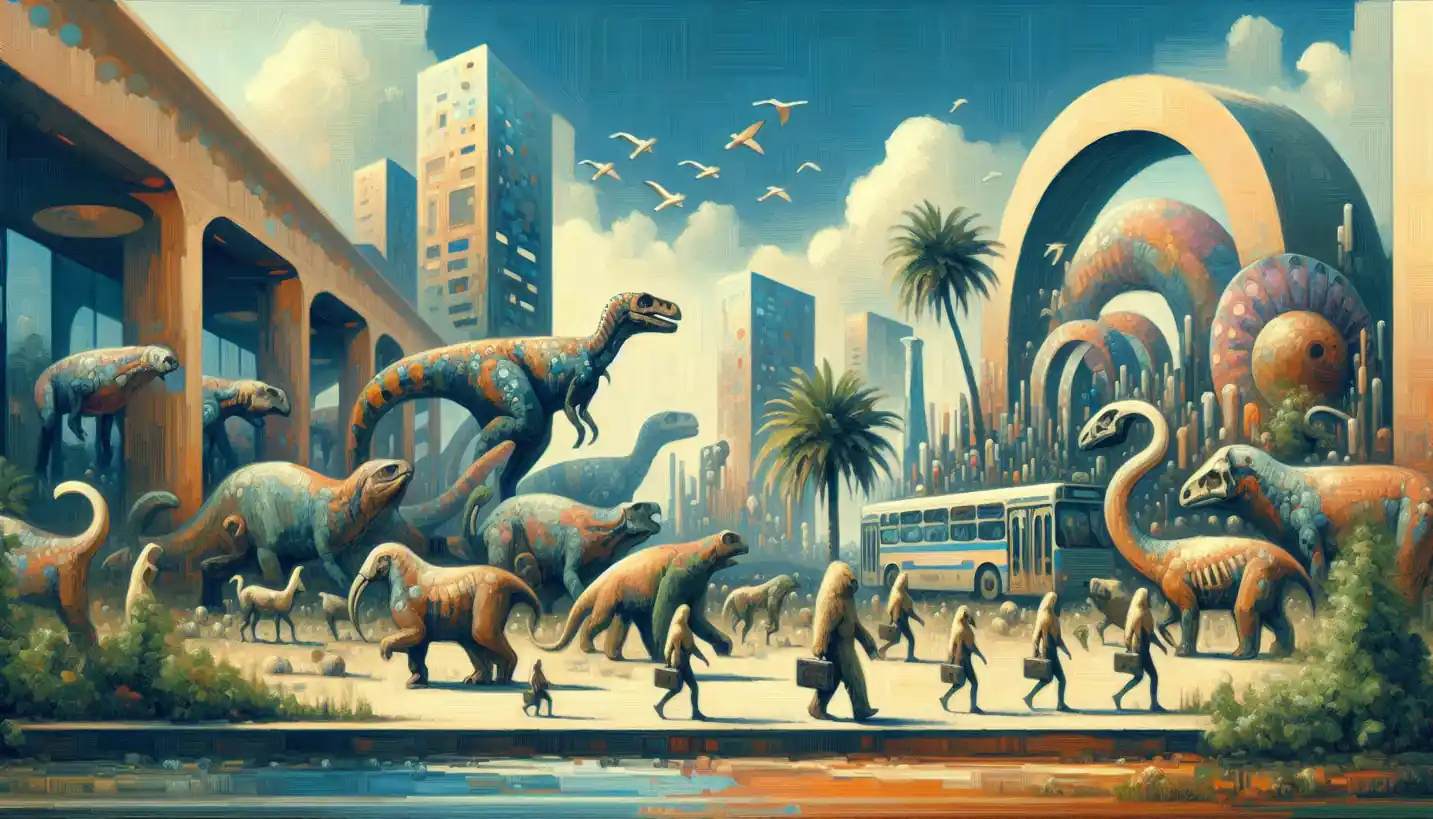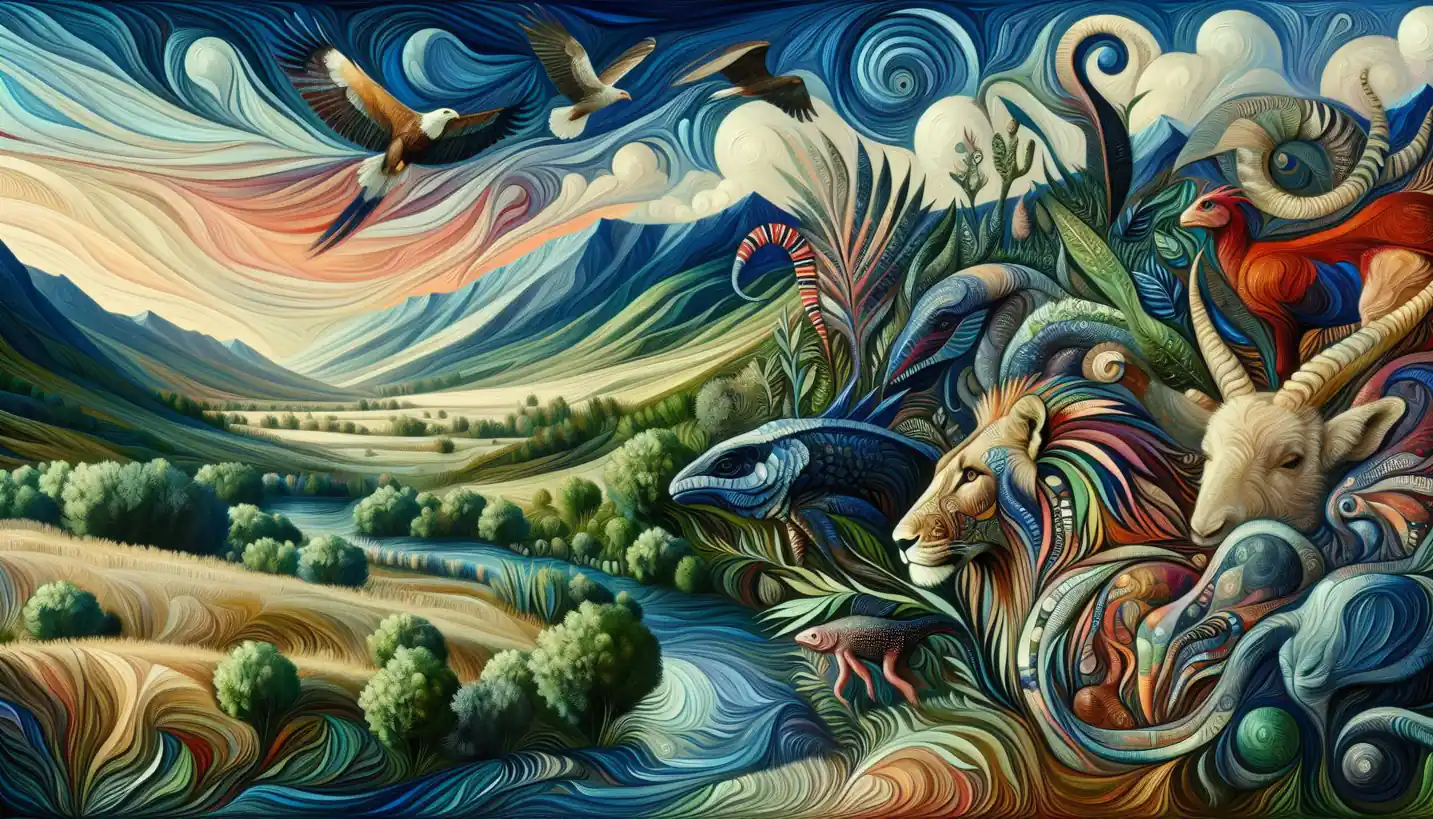· Biology · 5 min read
Invasive Species: A Hidden Threat to Biodiversity
Invasive species can dramatically alter local ecosystems and threaten biodiversity. Find out how these hidden invaders can outcompete native species.
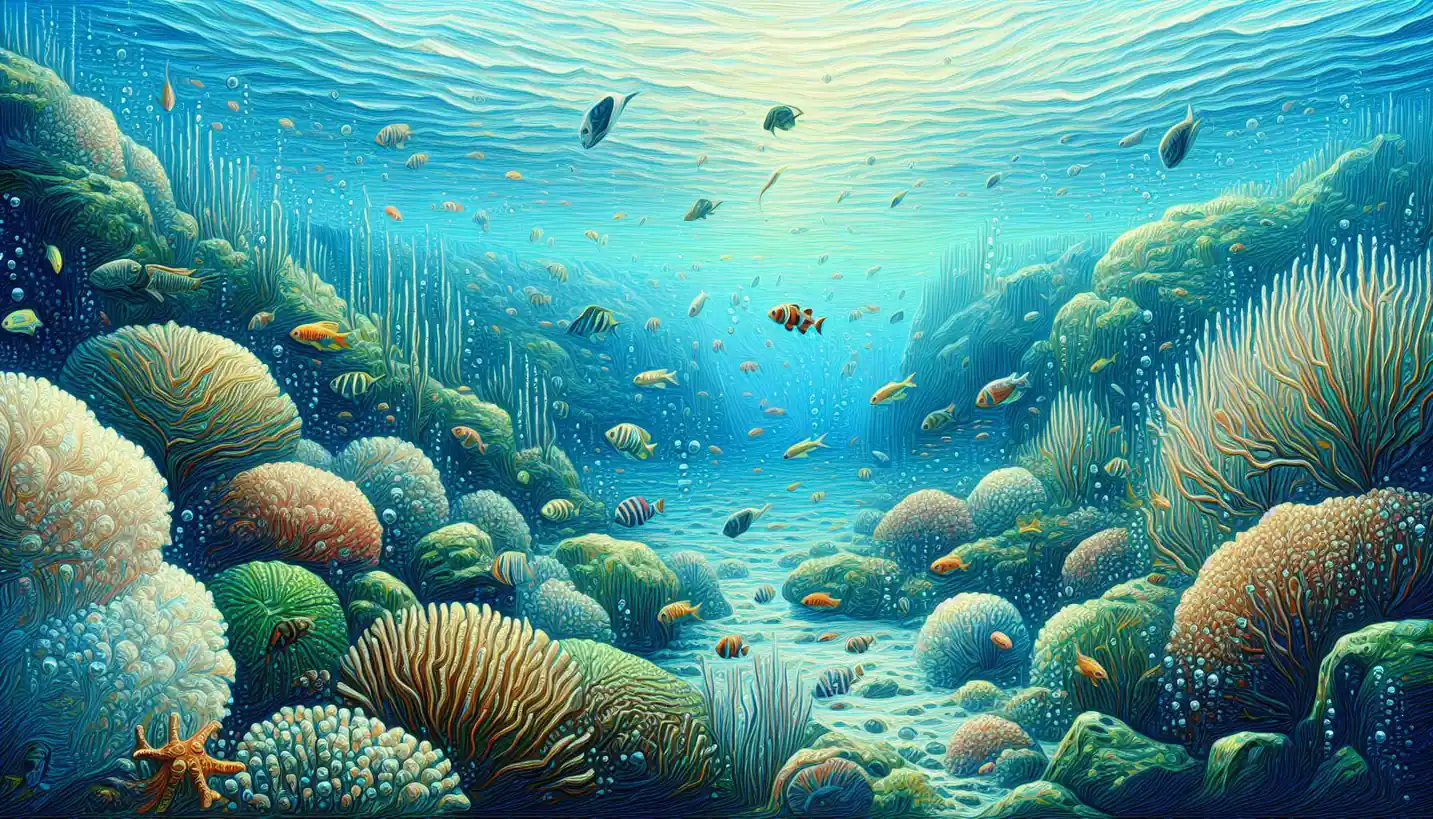
Everyday ecosystems around the world face unseen invaders. These are not aliens from outer space, but invasive species — plants, animals, or organisms that quickly spread in areas where they don’t naturally belong, often causing harm. Their impact on conservation biology, the branch of science focused on protecting Earth’s biodiversity, is profound and urgent.
What Are Invasive Species?
Picture a new fish arriving in a lake. It’s not supposed to be there, but somehow it finds its way in. Maybe it hitched a ride on a boat or was released by someone who owned it as a pet. Soon, this fish starts reproducing rapidly, eating all the food, and pushing out the native fish that have lived in the lake for centuries. This new fish is an invasive species.
Invasive species are like uninvited guests at a dinner party. They arrive, often unintentionally, but once there, they thrive, taking over resources and overshadowing the original inhabitants. They can be plants like the kudzu vine in the southeastern United States or animals like the Burmese python in the Florida Everglades. Even tiny insects like the emerald ash borer beetle can wreak havoc.
How Do Invasive Species Spread?
In our interconnected world, invasive species move around thanks to human activity. Global trade, travel, and landscape changes give them opportunities to settle in new environments. Ships might release ballast water filled with foreign organisms, or seeds might cling to a hiking boot, finding their way across oceans and continents.
Once established, these species often lack natural predators in their new homes and can grow unchecked. Their presence can alter habitats, making it difficult for native species to survive.
Why Are Invasive Species a Problem?
The impact of invasive species on ecosystems can be devastating. They can outcompete native organisms for resources like food, water, and light. Some can introduce diseases to which native species have no immunity. Others might disrupt the food chain, preying on native species or taking away their food.
In effect, invasive species can lead to a significant loss of biodiversity. Biodiversity is like a web, with each species playing a role. When one species disappears or dwindles because of an invader, the entire web can unravel, affecting everything from other wildlife to ecosystems to human communities relying on those systems.
Real-Life Examples: Stories of Invasion
Take the zebra mussel in the Great Lakes of North America. These tiny, striped mussels originated from Eastern Europe but found their way to North America via ship ballasts in the late 20th century. Once there, they multiplied rapidly, clogging water pipes and affecting aquatic life by filtering out nutrients needed by other species.
Another notable example is the cane toad in Australia. Introduced in 1935 to control crop pests, these toads have become pests themselves, wreaking havoc on native fauna by outcompeting them for food and secreting toxins harmful to predators.
Can We Combat Invasive Species?
Efforts to manage invasive species involve prevention, control, and education. Prevention is key: by implementing cleaning protocols for ships and educating people on the risks of introducing non-native species, we can stop them from taking root.
Control measures can include physical removal, like hunting or fishing invasive animals, or using targeted pesticides. There’s biological control, too, where natural predators of the invasive species are introduced to keep their numbers in check — although this approach carries its own risks.
Public awareness campaigns also play a crucial role. By learning how to identify and report invasive species, citizens can help scientists coordinate efforts to control their spread.
The Future of Conservation in Affected Ecosystems
The key to addressing invasive species lies in ongoing research and innovation. Scientists work tirelessly to understand how these organisms interact with their new environments and how best to halt their spread. Conservation biologists use technology, like genetic testing, to track invaders and devise strategies to protect native biodiversity.
Looking ahead, one promising area of research involves the use of environmental DNA (eDNA) to detect the presence of invasive species in water or soil, providing a non-invasive way to monitor and manage ecosystems.
Why Awareness and Action Matter
Understanding and addressing the threat of invasive species is critical for maintaining the balance of our ecosystems. By safeguarding biodiversity, we ensure the health of our planet and its resources for future generations.
The next time you’re out in nature, whether it’s a local park or a distant hiking trail, keep an eye out for unfamiliar plants or animals. Your observations could contribute to conservation efforts. Simple acts, like cleaning hiking boots or avoiding releasing pets into the wild, can make a difference.
By working together, we can keep our ecosystems vibrant and thriving. As conservation awareness grows, the hope is that invasive species will become less of a hidden threat and more of a challenge we are ready to face. Protecting biodiversity is not only essential for wildlife but is also a key part of ensuring a sustainable future for all of us.
